Children account for 12% of all deaths on Irish farms. In the last 10 years, there have been 24 fatal accidents involving children.
The first step that should be taken is to set aside a safe and secure play area for children that is away from all work activities. This should be in full view of the dwelling house.
In cases where there is no secure area, children should be under a high level of supervision. Make it clear to children that the farmyard is not a playground and establish a clear set of rules about what young people can and cannot do on the farm.
Do not rush
One of the main advantages of European and of course Irish farming is the fact that most farms use a lot of family labour.
While this offers an advantage in terms of reduced outlay for wages, etc, it can bring disadvantages in terms of health and safety. Young family members are often doing so much during the summer that they are rushing from one job to the next in order to be in time for GAA training, music lessons or heading out with friends.
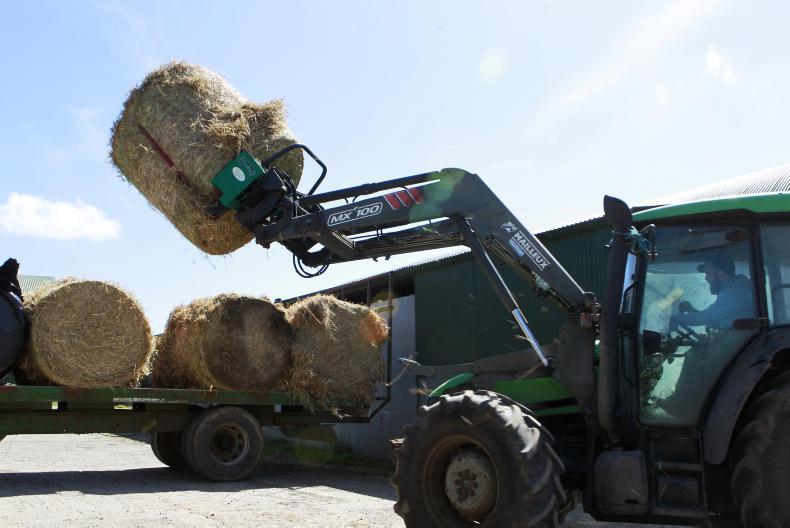
As the farm owner and director of the business, don’t allow rushing or running between jobs, as a large number of accidents happen when time pressure comes on. The job would be better off uncompleted rather than a rushed job where someone gets injured in the process.
Tractors and machinery
Tractors, machinery, trailers and equipment accounted for 70% of all fatal accidents in the last 10 years.
Therefore, children’s safety should always be of paramount importance when there is work taking place on the farm.
The first step is to keep children away from machinery and moving vehicles. All keys should be removed from the ignition and kept out of sight and reach of children.
All children under the age of 14 should be prohibited from riding on tractors and machinery, with a few exceptions.
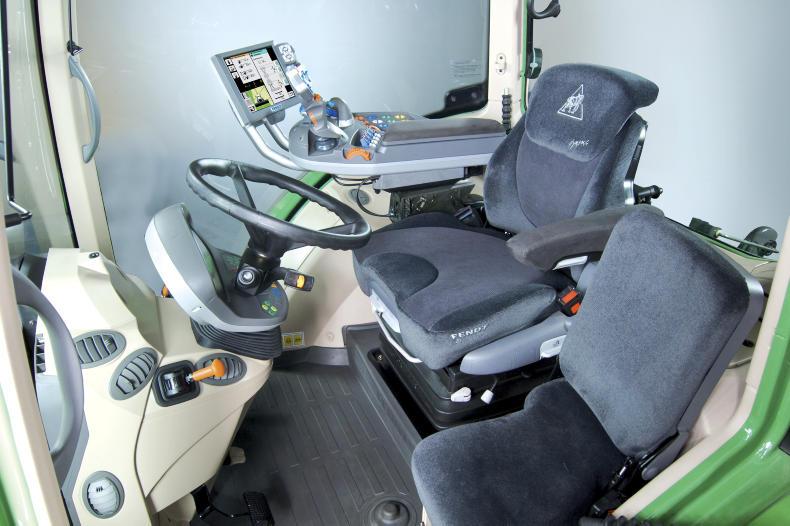
If a risk assessment shows it to be safe, children between the ages of seven and 16 may ride in a tractor, provided it is fitted with a properly designed passenger seat (with seat belts).
If children are being carried in the cab they must be given strict instructions when it comes to keeping their seatbelt on, not causing distraction to the driver, not touching controls and remaining in the cab at all times.
Finally, children under the age of seven must not be present inside the cab of a tractor which is in use whether or not there is a passenger seat installed.”
Drivers should ensure they have a clear view of corners and mirrors should be installed to increase visibility if necessary. Contractors should also be made aware of the possible presence of children on the farm, as they are in unfamiliar surroundings.
Slurry
Slurry presents two major dangers – drowning and gases. Where agitating is taking place on the farm, children may be unaware of the risks posed by odourless gases that can overcome and kill them. Make sure children understand the risks that hydrogen sulphide can pose.
Never have children in the yard when agitating is taking place.
To eliminate the risk of drowning, all open water tanks, wells and slurry tanks should be fenced off. Take extra care to make sure all openings have been closed after agitation and spreading has taken place.
In the case where slurry is being spread, there is likely to be one if not more tractors in the area. Children should not be in the yard when a task like slurry spreading is taking place.
Livestock
Safety around animals is also very important. Due to people understanding the risks and dangers of having children near livestock, no deaths relating to livestock have occurred in the last 10 years.
The crucial thing, as with all dangers, is to keep children away from high-risk situations. Dangerous animals such as bulls, stallions, rams, stags and female animals with newborns should have no contact with children, as they are more likely to be aggressive.
If stock are being moved, especially young stock, they can often run wild, as they have had little human contact. This presents a risk of trampling.
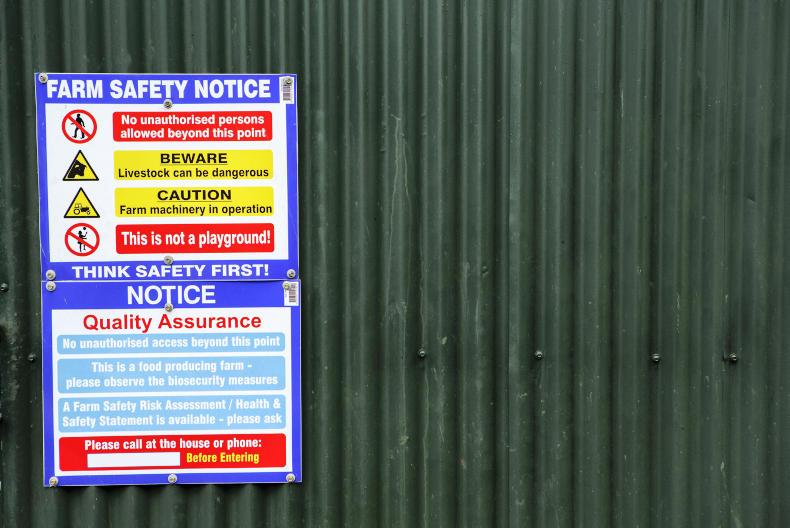
Young children should not be left to stand in gaps unaccompanied until they are old enough to do so.
Times such as calving and lambing, while very busy and exciting, are also high risk due to mothers being extra aggressive around newborns.
Precautions such as calving gates should be in place, as well as appropriate barriers. Children should never enter a pen of large stock.
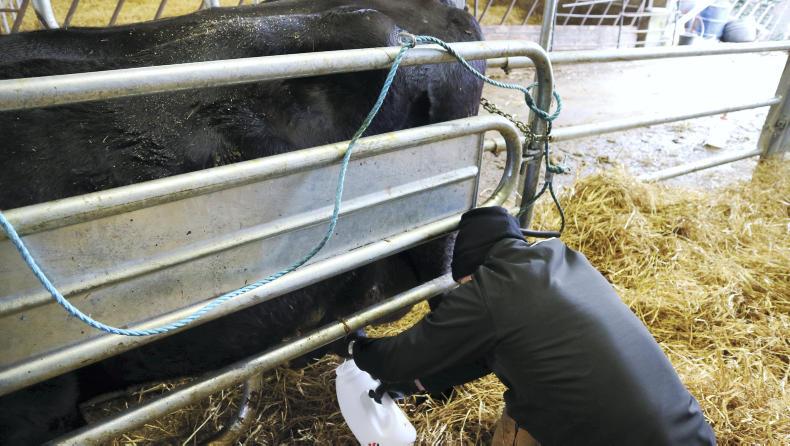
Falls and collapses
Falls and collapses are the biggest killer after machinery and tractors. Children should be kept away from dangerous areas and not allowed to access heights.
With bale stacks and pits established on most farms at this point, children should be kept away from them. While it may seem like a safe area, falls from stacks only one bale high can still result in serious injury, especially for young children. The chance should not be taken.
Also, make sure all children realise that the weight of the big bales could crush them if they fell in the wrong place. This is of paramount importance when bales are being drawn in from fields.
Read more
Safety is a lifestyle, not a slogan
2017 a horrific year for farm safety
The economy and age factors in farm deaths
All the coverage from Farm Safety Week 2017
Children account for 12% of all deaths on Irish farms. In the last 10 years, there have been 24 fatal accidents involving children.
The first step that should be taken is to set aside a safe and secure play area for children that is away from all work activities. This should be in full view of the dwelling house.
In cases where there is no secure area, children should be under a high level of supervision. Make it clear to children that the farmyard is not a playground and establish a clear set of rules about what young people can and cannot do on the farm.
Do not rush
One of the main advantages of European and of course Irish farming is the fact that most farms use a lot of family labour.
While this offers an advantage in terms of reduced outlay for wages, etc, it can bring disadvantages in terms of health and safety. Young family members are often doing so much during the summer that they are rushing from one job to the next in order to be in time for GAA training, music lessons or heading out with friends.

As the farm owner and director of the business, don’t allow rushing or running between jobs, as a large number of accidents happen when time pressure comes on. The job would be better off uncompleted rather than a rushed job where someone gets injured in the process.
Tractors and machinery
Tractors, machinery, trailers and equipment accounted for 70% of all fatal accidents in the last 10 years.
Therefore, children’s safety should always be of paramount importance when there is work taking place on the farm.
The first step is to keep children away from machinery and moving vehicles. All keys should be removed from the ignition and kept out of sight and reach of children.
All children under the age of 14 should be prohibited from riding on tractors and machinery, with a few exceptions.

If a risk assessment shows it to be safe, children between the ages of seven and 16 may ride in a tractor, provided it is fitted with a properly designed passenger seat (with seat belts).
If children are being carried in the cab they must be given strict instructions when it comes to keeping their seatbelt on, not causing distraction to the driver, not touching controls and remaining in the cab at all times.
Finally, children under the age of seven must not be present inside the cab of a tractor which is in use whether or not there is a passenger seat installed.”
Drivers should ensure they have a clear view of corners and mirrors should be installed to increase visibility if necessary. Contractors should also be made aware of the possible presence of children on the farm, as they are in unfamiliar surroundings.
Slurry
Slurry presents two major dangers – drowning and gases. Where agitating is taking place on the farm, children may be unaware of the risks posed by odourless gases that can overcome and kill them. Make sure children understand the risks that hydrogen sulphide can pose.
Never have children in the yard when agitating is taking place.
To eliminate the risk of drowning, all open water tanks, wells and slurry tanks should be fenced off. Take extra care to make sure all openings have been closed after agitation and spreading has taken place.
In the case where slurry is being spread, there is likely to be one if not more tractors in the area. Children should not be in the yard when a task like slurry spreading is taking place.
Livestock
Safety around animals is also very important. Due to people understanding the risks and dangers of having children near livestock, no deaths relating to livestock have occurred in the last 10 years.
The crucial thing, as with all dangers, is to keep children away from high-risk situations. Dangerous animals such as bulls, stallions, rams, stags and female animals with newborns should have no contact with children, as they are more likely to be aggressive.
If stock are being moved, especially young stock, they can often run wild, as they have had little human contact. This presents a risk of trampling.

Young children should not be left to stand in gaps unaccompanied until they are old enough to do so.
Times such as calving and lambing, while very busy and exciting, are also high risk due to mothers being extra aggressive around newborns.
Precautions such as calving gates should be in place, as well as appropriate barriers. Children should never enter a pen of large stock.

Falls and collapses
Falls and collapses are the biggest killer after machinery and tractors. Children should be kept away from dangerous areas and not allowed to access heights.
With bale stacks and pits established on most farms at this point, children should be kept away from them. While it may seem like a safe area, falls from stacks only one bale high can still result in serious injury, especially for young children. The chance should not be taken.
Also, make sure all children realise that the weight of the big bales could crush them if they fell in the wrong place. This is of paramount importance when bales are being drawn in from fields.
Read more
Safety is a lifestyle, not a slogan
2017 a horrific year for farm safety
The economy and age factors in farm deaths
All the coverage from Farm Safety Week 2017













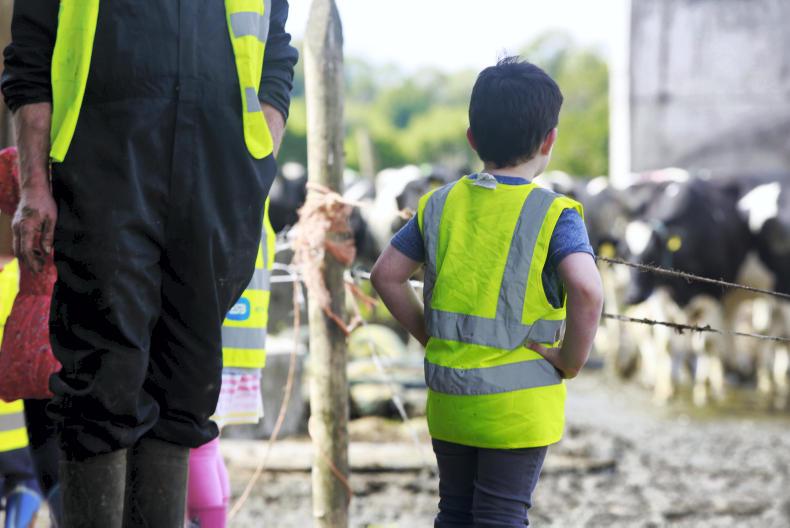


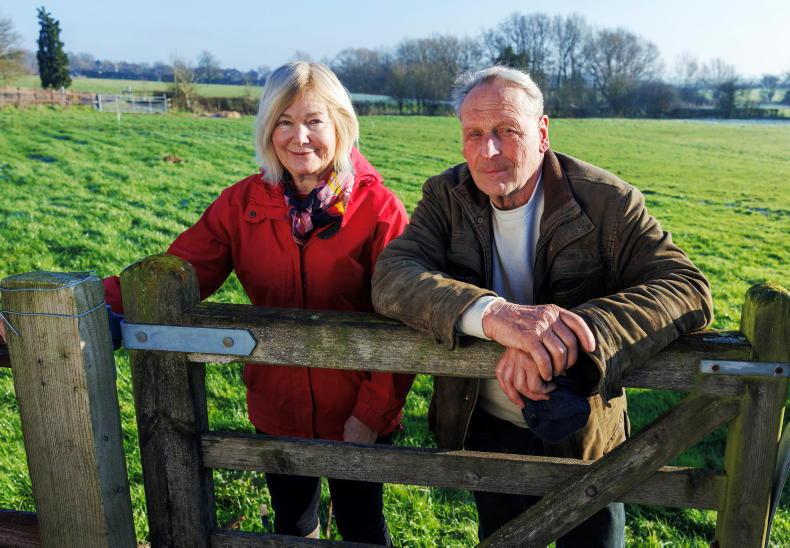

SHARING OPTIONS